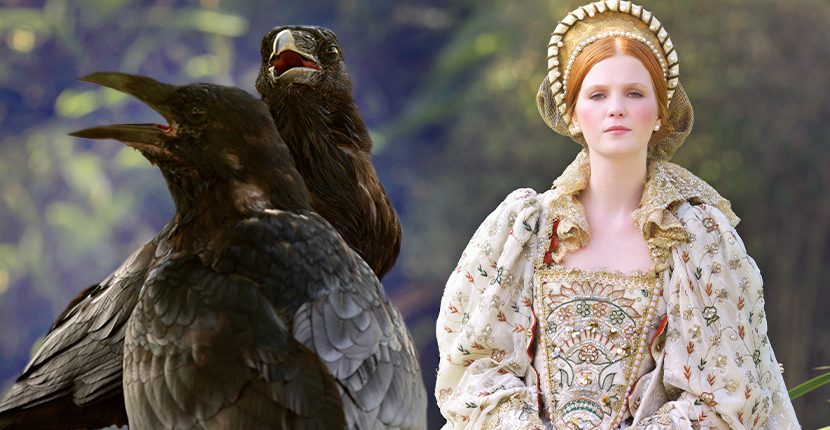For almost five centuries, the Habsburgs were one of Europe’s wealthiest and most powerful families. But, legend has it, life wasn’t all palaces, crown jewels, and petits fours, for there was a curse hanging over the family. Two curses, in fact. There are those who believe the dynasty was done in by birds —ravens, to be exact. (Murder most fowl, you might say.)
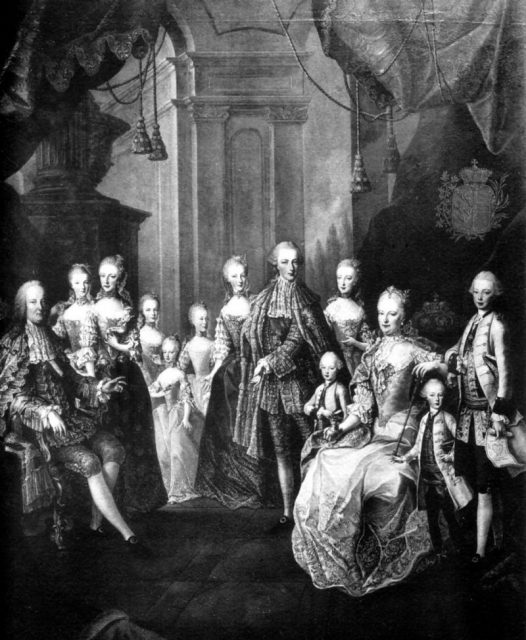
The story goes that the birds had saved a Habsburg ancestor from being attacked and killed by a flock of vultures sometime around 1000 AD. To show his immense gratitude, he had a watchtower constructed deep in the woods as a place for the ravens to live.

But about a hundred years later, a Habsburg relative decided to turn the structure into an enormous castle and chased the ravens off, killing some of them in the process.
Not smart. It’s said that after that, supernatural ravens called Turnfalken began haunting the family — and did so for centuries thereafter, their calls becoming a kind of death omen.
The Turnfalken appeared at every battle in which the Habsburgs were defeated, and some insist they appeared at the beheading of French queen Marie Antoinette — who was, of course, born a Habsburg.
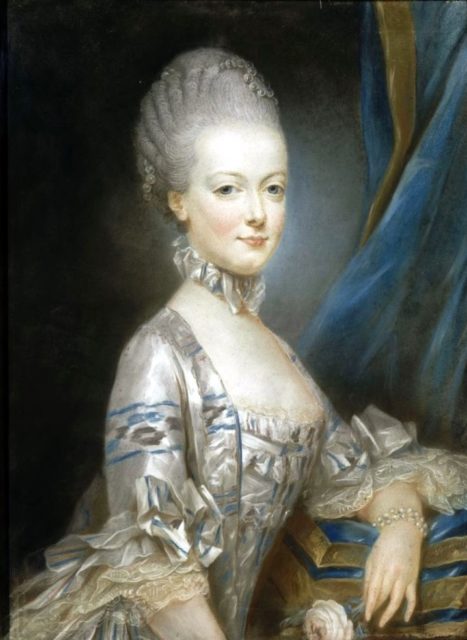
In another legend, 18-year-old emperor Franz Joseph ordered the execution of a group of rowdy Hungarians after a failed rebellion in 1848.
Among the dead: an 18-year-old boy, whose mother, Countess Karolyi, promptly put a hex on Franz Joseph. Scoff if you want, but from then on, his reign was beset with tragedies.
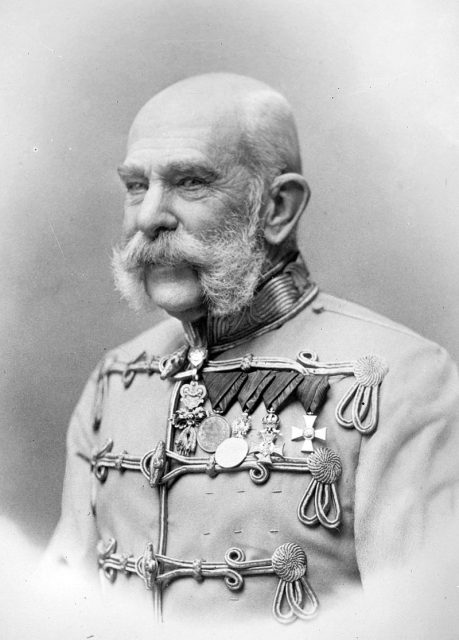
What’s more, bad luck would befall future generations — at least, those who made it beyond their first birthday. (Over a two-hundred-year period, only fifty percent of the babies of the royal family survived.)
Get a load of this jaw-dropping collection of calamities over the decades. Mexican “emperor” Maximilian, younger brother of Franz Joseph, was executed by a firing squad, while his wife, who suffered from serious mental illness, would spend thirty years in an asylum.
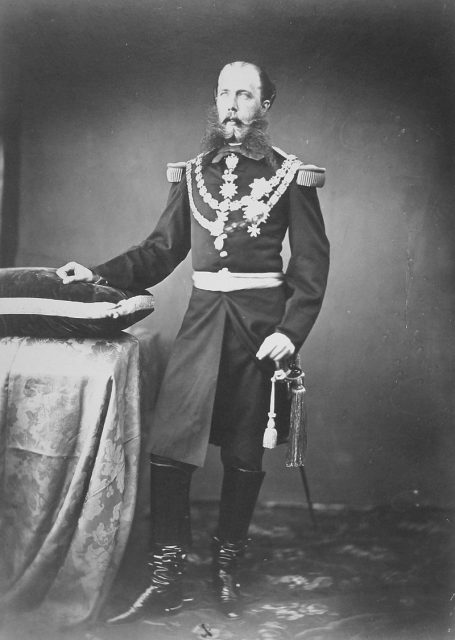
One royal toppled off a horse, while another burned to death in a fire. One vanished at sea, never to be heard from again. Franz Joseph I escaped an assassination attempt by the skin of his teeth in 1853, though his wife wasn’t as fortuitous: Empress Elisabeth was stabbed to death by a disgruntled Italian anarchist while on vacation in Geneva, Switzerland.
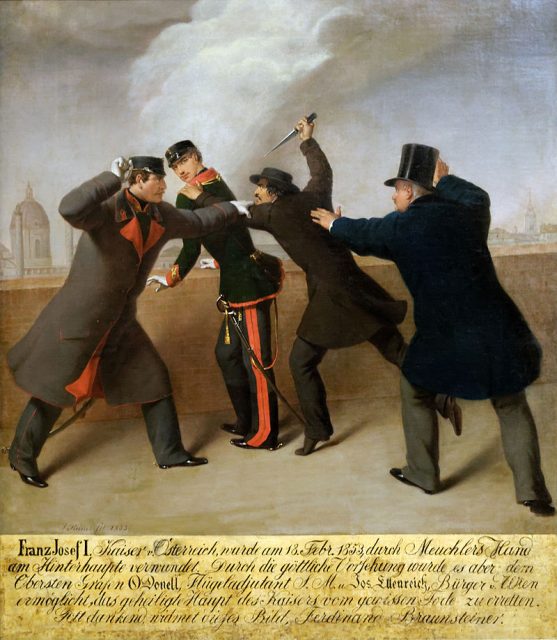
Their only son, 30-year-old Rudolf, Crown Prince of Austria, died in a murder-suicide pact with his 17-year-old mistress at a hunting lodge in the Vienna Woods.
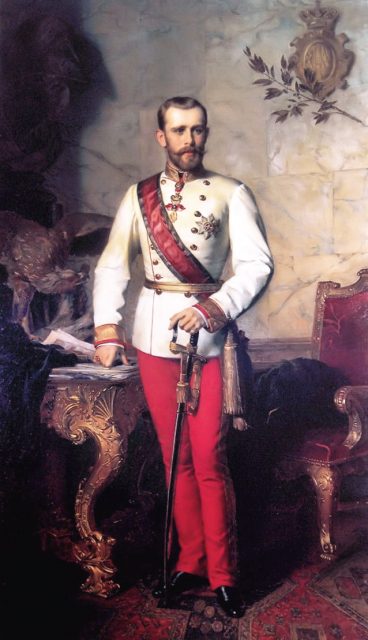
Rudolf had no rightful heir, so the succession passed to his brother, Archduke Karl Ludwig, then to his eldest son, Archduke Franz Ferdinand — which would have far-reaching ramifications, to say the least, when his assassination in 1914 became a catalyst for World War I.
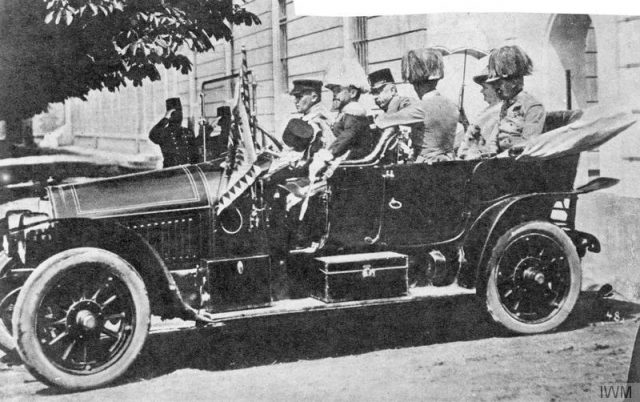
Of course, some of the tragedies of the Habsburg family were of their own making.
For one thing, the dynasty believed in inbreeding to keep the royal bloodline pure. As a result, members of the family often ended up looking deformed, and suffered from an array of serious medical conditions that often resulted in death.
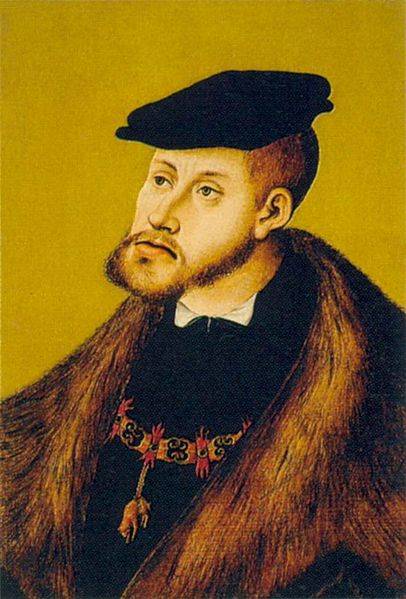
All one has to do is look at official family portraits to see how the deformity continued through generations.
Most obvious was an unfortunate feature, which become known as the “Habsburg Jaw.” Family members — both men and women — were often afflicted with pronounced underbites and long chins, a condition known in medical terms as mandibular prognathism.
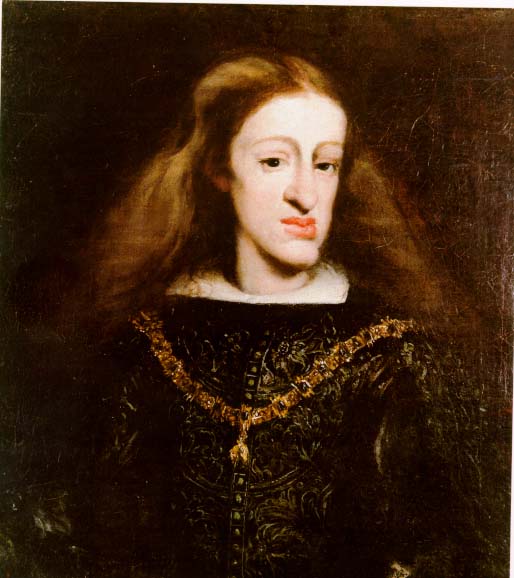
The deformity can interfere with speech and can even make it difficult to close one’s mouth. It’s said that when Charles V arrived in Spain in 1516, he couldn’t fully close his kisser, which prompted one smart-aleck peasant to shout, “Your majesty, shut your mouth! The files of this country are very insolent.”
Charles II was physically incapable of speaking or eating solid food. In his book, Danubia: A Personal History of Habsburg Europe, author Simon Winder pointed out, quite correctly, that the Habsburg men could at least conceal their deformities by growing beards.
Alas, the women were not so lucky. One of the most famous Habsburg females managed to escape the trait: Marie Antoinette of France was considered a beauty in her day. Though, it must be noted, she had an entirely different set of problems to contend with.
